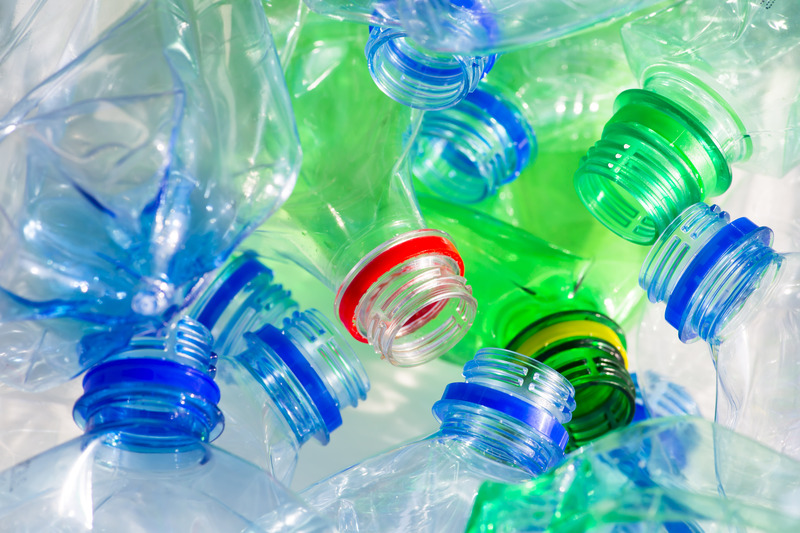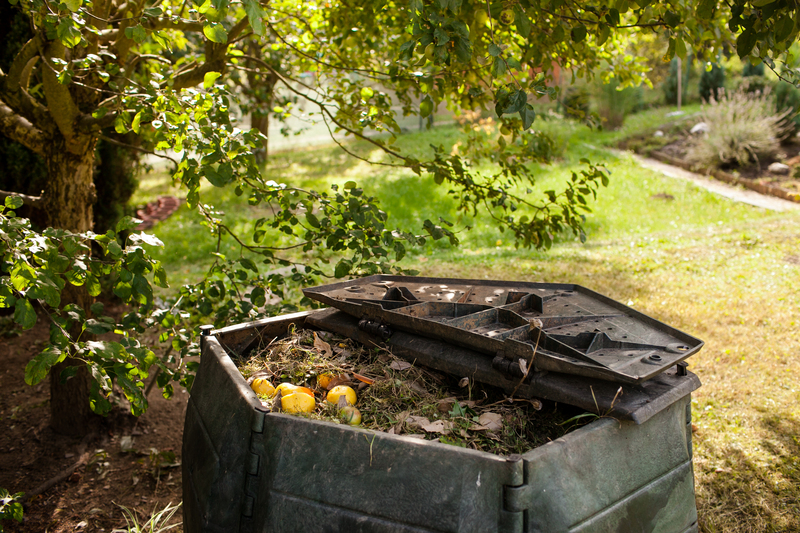A Step-by-Step Guide to Responsible PPE Waste Disposal
As personal protective equipment (PPE) has become a staple in our daily lives, especially following the global health crisis, understanding how to manage PPE waste responsibly is more crucial than ever. Whether you are an individual, business owner, or facility manager, learning responsible PPE waste disposal practices not only protects public health but also safeguards the environment for future generations. In this comprehensive guide, we'll provide you with a step-by-step approach to disposing of PPE waste effectively and sustainably.
Why Responsible PPE Waste Disposal Matters
With the surge in use of masks, gloves, face shields, and other protective gear, improper disposal has become a significant environmental concern. Discarded PPE can litter streets, clog waterways, and damage ecosystems. Moreover, used PPE items may harbor pathogens, posing health risks to sanitation workers and the general public.
- Environmental Impact: PPE is typically made from plastic or polymer materials that do not biodegrade easily.
- Health Hazards: Improperly discarded PPE can act as a vector for infectious diseases.
- Regulatory Compliance: Many regions have specific regulations governing PPE waste management.

Types of PPE Waste and Their Disposal Requirements
Before you can dispose of PPE responsibly, it's important to recognize the types of PPE waste and their unique management needs.
Common Types of PPE:
- Single-use face masks (surgical, N95, etc.)
- Disposable gloves (latex, nitrile, vinyl)
- Gowns and aprons
- Face shields and goggles
- Protective shoe covers, caps, and other gear
Most household PPE waste is considered non-hazardous unless used in a medical or infectious setting. However, in healthcare and high-risk environments, such waste is classified as 'clinical waste' and must follow regulated disposal procedures.
Step-by-Step PPE Waste Disposal Guide
Step 1: Segregate Your PPE Waste
Separation is the cornerstone of proper PPE waste management. To prevent cross-contamination and ensure efficient processing, always keep used PPE separate from recyclables and general household waste.
- Use a designated PPE waste bin: Choose a clearly marked, lined bin with a lid for collecting used masks, gloves, etc.
- Keep away from food waste: This minimizes contamination risks and aids safe waste handling.
- Do not mix PPE with recyclables: PPE cannot be recycled through regular recycling streams due to contamination concerns.
Step 2: Safely Handle Used PPE
Minimize contact with used protective equipment to reduce the risk of exposure to pathogens. Always practice hand hygiene before and after handling PPE waste.
- Wear disposable gloves: when removing and handling used PPE.
- Avoid touching your face: during the disposal process.
- Sanitize or wash your hands thoroughly: after discarding PPE in the designated waste container.
Step 3: Bag and Secure the Waste
Securely bagging PPE waste reduces the risk of leaks or spills during transportation. Here's how to do it responsibly:
- Double-bagging: For potentially infectious PPE, use two sturdy bags to contain the waste.
- Tie bags tightly: Ensure the bags are sealed to prevent accidental opening.
- Label when necessary: In medical settings, label bags as "biohazard" or "PPE waste" to alert waste handlers.
Step 4: Choose the Appropriate Disposal Method
The correct disposal method depends on your location, the type of PPE, and local regulations.
-
Household PPE Waste: In most areas, PPE used by individuals can be disposed of in general waste (landfill). However, avoid open dumps or littering.
- Do not flush PPE: Never flush masks or gloves down the toilet--they can cause blockages and environmental damage.
- Consider local take-back programs: Some municipalities have special PPE collection bins.
-
Healthcare & Industrial PPE Waste:
- Incineration: Most medical PPE is incinerated at high temperatures to destroy pathogens.
- Autoclaving: Some facilities use steam sterilization before disposal.
- Hazardous waste contractors: Partner with licensed providers for safe and compliant removal.
Step 5: Do Not Recycle Used PPE
It's a common misconception that masks and gloves are recyclable. Most PPE materials cannot be processed by regular recycling programs due to contamination and complex material composition.
- Never place PPE in recycling bins: This contaminates the recycling stream and endangers workers.
- Seek specialized recycling initiatives: Look for programs by companies like TerraCycle that accept mask and PPE waste (where available).
Step 6: Encourage Responsible Disposal in the Community
Being proactive can have a broader impact. Raise awareness of proper PPE waste disposal in your neighborhood, workplace, or school.
- Educate others: Share tips via posters, social media, or newsletters.
- Install PPE bins: Advocate for dedicated PPE waste collection bins in public areas.
- Report illegal dumping: Notify authorities about improper PPE waste disposal in your community.
Best Practices for Sustainable PPE Waste Management
While ensuring safe and compliant disposal, consider these additional practices for reducing your environmental footprint:
- Minimize usage: Only use disposable PPE when necessary; opt for reusable gear when possible (e.g., washable cloth masks).
- Support recycling innovation: Participate in or support organizations developing PPE recycling technologies.
- Stay informed: Follow updates on regulations and local waste management policies.
Innovative Solutions and the Future of PPE Waste Disposal
The increase in PPE waste has spurred innovation across the globe. Researchers and companies are working on:
- Biodegradable PPE: Eco-friendly masks and gloves that break down naturally.
- Advanced recycling technologies: Turning used PPE into raw materials for construction and industry.
- PPE collection schemes: Widespread take-back programs in public spaces and businesses.
Staying updated on such solutions is crucial for implementing responsible PPE waste management in the long run.
Frequently Asked Questions About PPE Waste Disposal
Can I recycle my used face mask at home?
No. Even if masks contain recyclable materials, used PPE is often contaminated and unsuitable for standard recycling. Place used masks in the general waste unless a specialized PPE recycling program is available in your area.
What should I do if I see PPE being littered in public places?
If it's safe to do so, use gloves to pick it up and dispose of the PPE in a secure waste bin. Alternatively, notify your local sanitation department to address the issue.
Are cloth masks a safer option for the environment?
Yes. Reusable cloth masks generate less waste and are more sustainable when washed and cared for properly--making them a responsible choice for non-medical settings.
Is burning PPE at home a safe disposal method?
No. Burning PPE in open environments releases toxic fumes and pollutants, posing serious health and environmental hazards. Use approved disposal channels only.

Local Regulations and Compliance
Always verify your local regulations regarding PPE waste disposal. Some areas require strict handling and documentation, especially for workplace or healthcare PPE waste. Non-compliance may result in fines or legal action.
- Check your municipality's website: for up-to-date PPE waste disposal guidance.
- Consult your waste management provider: for bulk or hazardous PPE waste removal options.
- Request PPE waste bins: if managing waste at a commercial or public premises.
Conclusion: Everyone Plays a Part in Responsible PPE Waste Disposal
Embracing responsible PPE waste management is more than just a regulatory requirement--it's a vital responsibility we all share to keep our communities safe and protect the environment. By properly segregating, handling, securing, and disposing of PPE waste, you help minimize risks to public health and reduce the burden of plastic pollution.
Let's make responsible PPE waste disposal a daily habit and inspire others to do the same!
- Follow the step-by-step guide for safe and legal disposal.
- Educate others in your family and community.
- Stay updated on innovative and sustainable solutions.
For a cleaner, safer, and more sustainable world, every PPE item disposed of correctly makes a lasting positive impact.